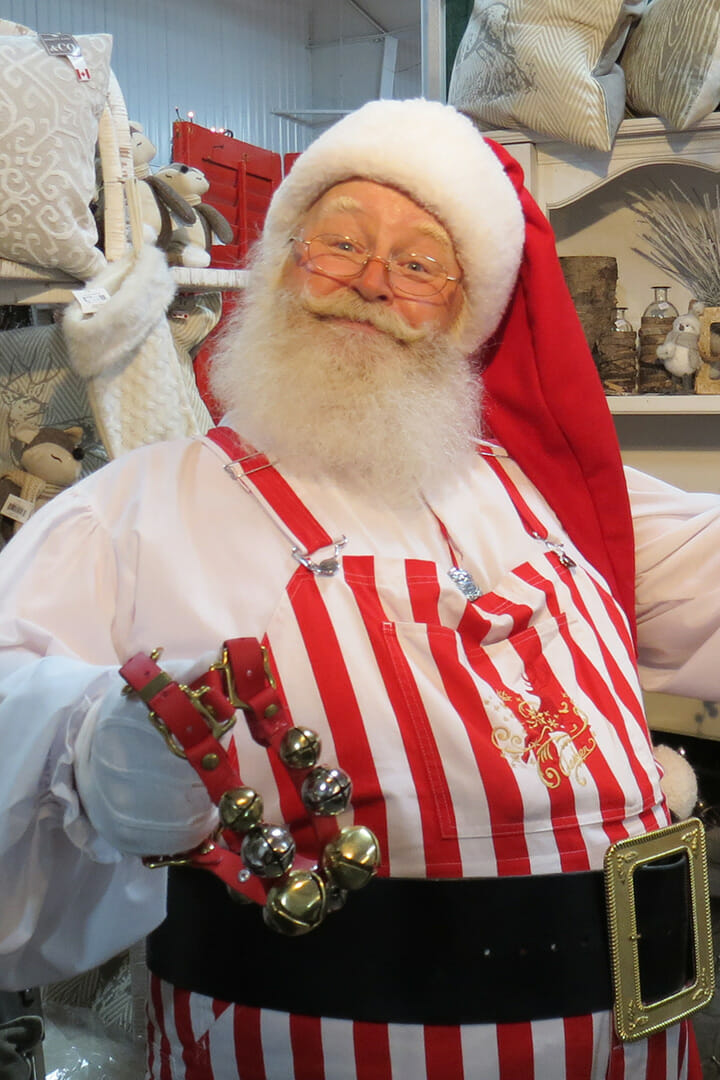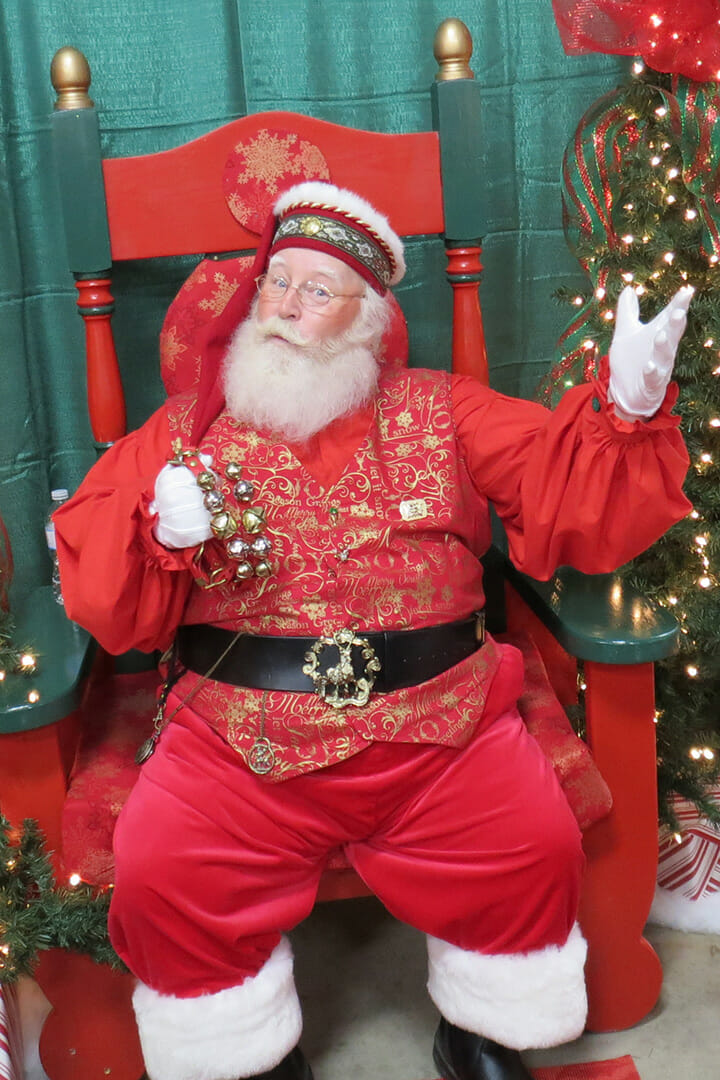Christmas Traditions
The Ways We Decorate, Celebrate and Tell Stories
Christmas is the most wonderful time of the year. Traditionally, each family had a Christmas tree in their living room. The Christmas tree was decorated with ornaments and shining lights. Children were eager to wake up early to see how the presents are hidden under a festive christmas tree by Santa.
Who is Santa Claus?
St. Nicholas was a Bishop who lived in the fourth century AD in a place called Myra in Asia Minor (now called Turkey). He was a very rich man because his parents died when he was young and left him a lot of money. He was also a very kind man and had a reputation for helping the poor and giving secret gifts to people who needed it. There are a number of legends about St Nicholas, although we do not know how true they are. Perhaps the most famous legend helps to explain our tradition of hanging a stocking on Christmas Eve. There was a man who had three daughters. He was so poor that he was unable to offer a dowry, and so his daughters were unable to find suitable husbands. Nicholas was such a kind man that he secretly dropped a bag of gold down the chimney at night. The oldest daughter had just hung her stockings by the fire to dry, and the gold fell into them. She was then able to marry. Nicholas repeated this until all three daughters were able to marry. After the second gift, the father had been determined to find out who the kind gift giver was. He had waited by the fire each evening until the third bag of gold came. He rushed out and found Nicholas who begged the man not to tell anyone what he had done because he did not want to bring attention to himself. However, the news got out, and when anyone received a secret gift, it was thought that maybe it was from Nicholas.
Because of his kindness, Nicholas was made a Saint.


He was also made the Saint of sailors. St. Nicholas was exiled from Myra and later put in prison during the persecution of his Emperor, Diocletian. No one really knows when he died, but it was on 6th December in either 345 or 352 AD. In 1807, some Italian sailors stole his bones from Turkey. The bones are now kept in a Church named after him in the Italian port of Bari. On St. Nicholas’ feast day (6th December), the sailors of Bari still carry his statue out to sea, so that he can bless the waters and give them safe voyages through the forthcoming year.
How St Nicholas Became Santa
St. Nicholas’ traditionally rode a white horse. It is not clear how this white horse became a sleigh and reindeer. Victorian books have pictures of Santa in a sleigh pulled by reindeer. There was a poem written in 1882 that gives the reindeer their names. It was ‘A visit from St. Nicholas’ and was written by Dr Clement Moore. You may well know the poem better as ‘Twas the night before Christmas’. The song ‘Rudolph the Red Nosed Reindeer’ which was written in 1949, made the Reindeer household names.
Children all over the world wait for Santa to bring their gifts on Christmas Eve. They hang up their stockings and go to bed with eyes that sparkle with excitement. In the morning, they wake knowing that the little fat man with the long white beard will have stopped by their house and left presents from his magical sack.
The Christmas Tree
It is thought that the first person to bring a Christmas Tree into a house may have been the 16th century German preacher Martin Luther. There is a story that on Christmas Eve, he was walking through a forest and looked up to see the stars shining through branches of a tree. He thought it was so beautiful that he went home and told his children that it reminded him of Jesus, who left the stars of heaven to come to earth at Christmas. They went out and fetched a small tree into the house.
The first Christmas Tree came to England in 1841, when Queen Victoria and her beloved Prince Albert had the first Christmas Tree in Windsor Castle. An engraving of the tree with the royal family appeared in the newspapers of the time. Hence the English tradition of decorating a tree indoors started.
In Victorian times, the tree would have been decorated with candles to represent stars. Due to the danger of fire, an American telephonist named Ralph Morris, felt driven to find an alternative. In 1895 he invented electric Christmas lights, similar to the ones we use today.


Why the 25th?
It is not known why Christmas day is celebrated on 25th December, but there are possibly a mixture of reasons. Both the Winter Solstice and the Saturnalia (a pagan midwinter festival from Roman times) were celebrated in December.
The shortest day of the year is between the 22nd of December and the 25th December. This is when the Winter Solstice is celebrated. It meant that the winter was over and that spring was on its way. So the pagans worshipped the sun for triumphing over the darkness of the winter months.
The early Christians believed that as Jesus was the light, this was the right time of year to celebrate his birth. As a result, we brought many Winter Solstice customs to our Christmas celebrations. Things such as Christmas Carols, holly and mistletoe were all part of pagan festivals, but now all have Christian meanings.
The first celebrations of Christmas day were in the 4th century. The festival of Saturnalia was celebrated around the 25th December, and the Roman Emperor Constantine decided to take this as Christmas day. Different religions celebrate at other times because they do not use the same calendar. For example, the countries that follow the Orthodox Church calendar celebrate on the 7th January.
The name Christmas comes from the Mass of Christ. This mass was the only mass allowed to take place after sunset and was so performed at midnight. It was called the Christ-Mass, later shortened to Christmas.
Boxing Day
Only a few countries celebrate Boxing Day, which takes place on 26th December. It started in the UK about 800 years ago in the middle Ages. On this day, Alms boxes were opened and the money distributed to the poor of the community. Some churches still have Alms boxes and still uphold the tradition of opening them on Boxing Day.
It is thought to have been the Romans who first introduced this type of collecting box to the UK. They, in fact, did not distribute the contents to the needy, but used it to gamble on the games they played during their winter celebrations.
In Holland some of the collection boxes were made out of a rough pottery called ‘earthenware’ and were shaped like pigs. This may well be where we get the term ‘piggy bank’ from The Carol, Good King Wenceslas, is set on Boxing Day, or ‘The Feast of Stephen’ and is about a King in the Middle Ages who brings food to a poor family.
It was also traditional that servants got the day off to celebrate Christmas with their families on Boxing Day. Before the Second World War, it was common for milkmen, dustmen, and paperboys etc. to travel their round collecting Christmas tips. This tradition seems to have died out and people offer any Christmas boxes prior to Christmas itself.
Boxing Day has now become another public holiday in Commonwealth Countries such as the UK, Canada, Australia and New Zealand. It is also the traditional day that Pantomimes started to play. There are also often sports played on Boxing Day in the UK, especially horse racing and football matches!

